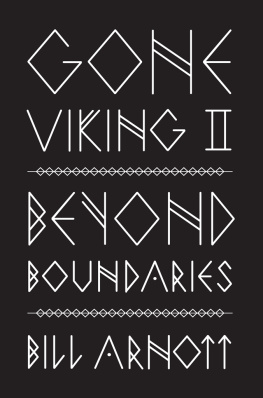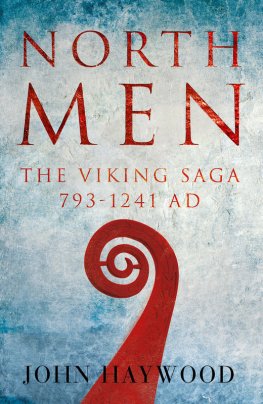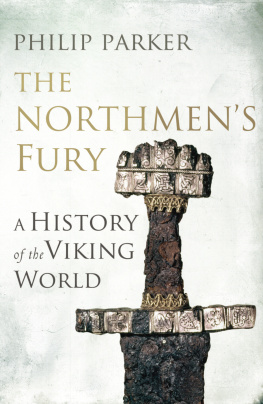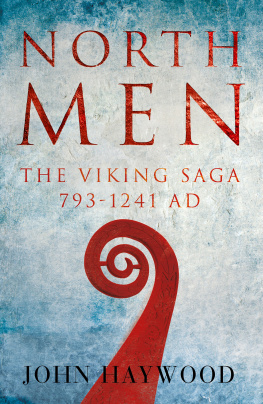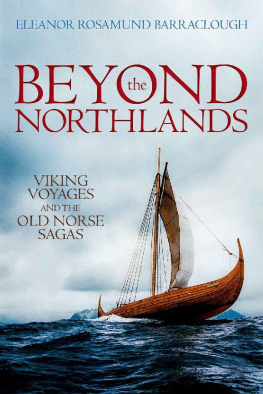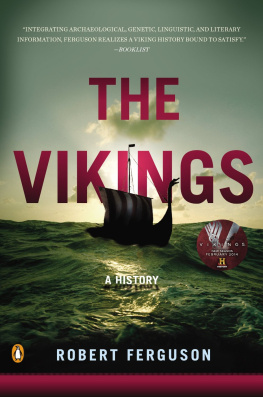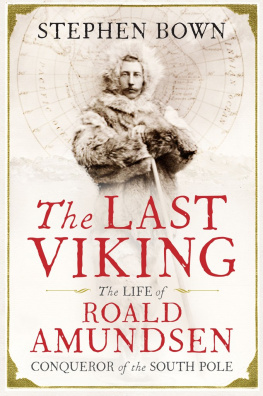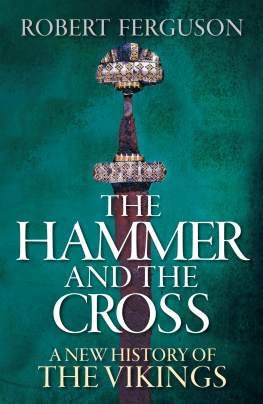Epilogue
Theres a story Phil Cousineau recounts in The Art of Pilgrimage . Knut Rasmussen, the Danish Arctic explorer, first heard it from a native Greenlander the legend of a Nordic hunter who lived beyond every settlement, hunting from his dogsled.
One time the hunter came upon sledge tracks leading north. He followed the trail, travelling further than he ever had, to find seasonal dwellings unlike anything hed seen. Fresh tracks indicated whoever built them had continued north. The hunter couldnt imagine venturing onward. He was already further than ever before. And he wondered who would travel to the edge of the world and choose to continue on.
Next season he returned with a gift of firewood and placed it inside one of the dwellings. Again there were recent tracks, but no one was there. The following season the hunter came back, once more seeing fresh tracks leading into the distance. Still there was no one in sight, but his gift of firewood had been used. And in its place was a litter of fine husky sled dogs, invaluable to the hunter, and he knew this gift was left for him in gratitude.
Which is how the story concludes, with the hunter never knowing the source of the gifts from his journey, but treasuring what he received, content in accepting that beyond all that is mystery.
Copyright 2020 by Bill Arnott
First Rocky Mountain Books Edition
For information on purchasing bulk quantities of this book, or to obtain media excerpts or invite the author to speak at an event, please visit rmbooks.com and select the Contact tab.
RMB | Rocky Mountain Books Ltd.
rmbooks.com
@rmbooks
facebook.com/rmbooks
Cataloguing data available from Library and Archives Canada
ISBN 9781771604482 (electronic)
We would like to also take this opportunity to acknowledge the traditional territories upon which we live and work. In Calgary, Alberta, we acknowledge the Niitstapi (Blackfoot) and the people of the Treaty 7 region in Southern Alberta, which includes the Siksika, the Piikuni, the Kainai, the Tsuutina and the Stoney Nakoda First Nations, including Chiniki, Bearpaw, and Wesley First Nations. The City of Calgary is also home to Mtis Nation of Alberta, Region III . In Victoria, British Columbia, we acknowledge the traditional territories of the Lkwungen (Esquimalt, and Songhees), Malahat, Pacheedaht, Scianew, TSou-ke and WSNE (Pauquachin, Tsartlip, Tsawout, Tseycum) peoples.
All rights reserved. No part of this publication may be reproduced, stored in a retrieval system, or transmitted in any form or by any means electronic, mechanical, audio recording, or otherwise without the written permission of the publisher or a photocopying licence from Access Copyright. Permissions and licensing contribute to a secure and vibrant book industry by helping to support writers and publishers through the purchase of authorized editions and excerpts. To obtain an official licence, please visit accesscopyright.ca or call 1-800-893-5777.
We acknowledge the financial support of the Government of Canada through the Canada Book Fund and the Canada Council for the Arts, and of the province of British Columbia through the British Columbia Arts Council and the Book Publishing Tax Credit.



To all who go a-viking.
And Deb. My destination.
If you set out on a journey, pray the road is long.
Zbigniew Herbert, Journey
Prologue
Sculls slice the bay, the softest splash in morning calm. Each stroke of oar swirls water into quotes, grasping at a poem, the reach and pull a heartbeat.
They do that on the Rideau, someone says.
A coxswain barks instructions. The boats move on, silent, save for an oarlock creak and gentle ripple of wake. Through this a bald eagle flies close enough to hear feathers moving air while at a sculpture park it states, When you see an eagle, you know this is a special place.
Last time I was this taken by the view it was nighttime. Winter Olympics were here. And we met new friends at the rowing club pub, facing this stretch of water that resembles a thumb on the mitt of the inlet. Large windows and a patio look onto Vancouvers Coal Harbour, cruise ship terminal and the industrial ports towering cranes. An Olympic cauldron anchored the scene, a pyramid of metallic beams crisscrossed into outsize kindling a signal beacon, burning proud. The fiery glow dampened city lights, leaving only flame visible dancing on dark water, the look of a Viking funeral.
Introduction
Of the gladdest moments in life, methinks, is the departure upon a distant journey into unknown lands.
Richard Francis Burton, Zanzibar
Viking
My journey begins with a pint. Another pub on a pier, this time seated on a timber dock. Suns glazing the water, surrounding me in radiance like Im seated in a forge. Inspiring setting, beautiful day. And Im formulating a travel plan, a trail north, east and west, envisioning waves and ice and mountains. The scene blurs at the edge like cloud a winding path, romantically ambiguous. I think of the Far North and shiver. Why leave this idyllic spot to trek some of the worlds most inhospitable places? I ask myself this more than once, the one-word answer invariably the same viking.
Through translation and time the words come to label a people, a capitalized noun outside Scandinavia. But the word was first used by those people, describing the pursuit of wealth or land legacy-building quests, known as going a-viking, or simply to go viking. It was a Grand Tour before rail or the Renaissance, an overseas experience without synthetic packs or Swiss Army knives. Just wool and fur, wood and iron, axes as tools and weapons along with the power of sail, oar and effort. Instead of photos or journals, mementoes were gold and silver, ivory, amber and slaves by trade or simply taken. At times, plunder, ransom and butchered bodies. Going viking was a rite of passage, a drive as strong as a nomads pull to migrate. Riches from abroad meant power, and the ability to write ones saga tales of conquest and bravery the result, immortality.
Another pint and my plan takes shape a trailhead at least, pointing me on my way. The journey, after all, being about departure as much as anything. A sense of discovery. Saxons called it wanderjahre, the equivalent of a students gap year travel prior to settling down education on the road in lieu of a structured workplace. This excursion, evolving as I go, will be my wanderjahre. Multiple trips over several years in fact, but a wander all the same viking in its truest sense, my trail a personal saga.
Partial Recall
I was little. Maybe six. And I was a Viking. My tunic was a gunny sack, something youd use for a picnic race but turned around like a garbage bag poncho head- and arm-holes cut in the sackcloth. The waist was belted with a length of cord. I had a papier-mch helmet with horns, a round shield and short sword light wood wrapped in tinfoil. The overall look was pretty good as I recall.
We were a ragtag army, about fifteen people similarly attired, marching down Main Street as part of Vernon, B.C.s Winter Carnival next to Quebec Citys, Canadas largest. The parade route was a good long march given the length of my legs at the time, a mile or so through the centre of town. We shook our swords and howled at spectators, threatening pillage, none of which I understood. But I found the loosely organized chaos great fun, particularly yelling at strangers, a thoroughly enjoyable activity I plan to reprise in old age.


